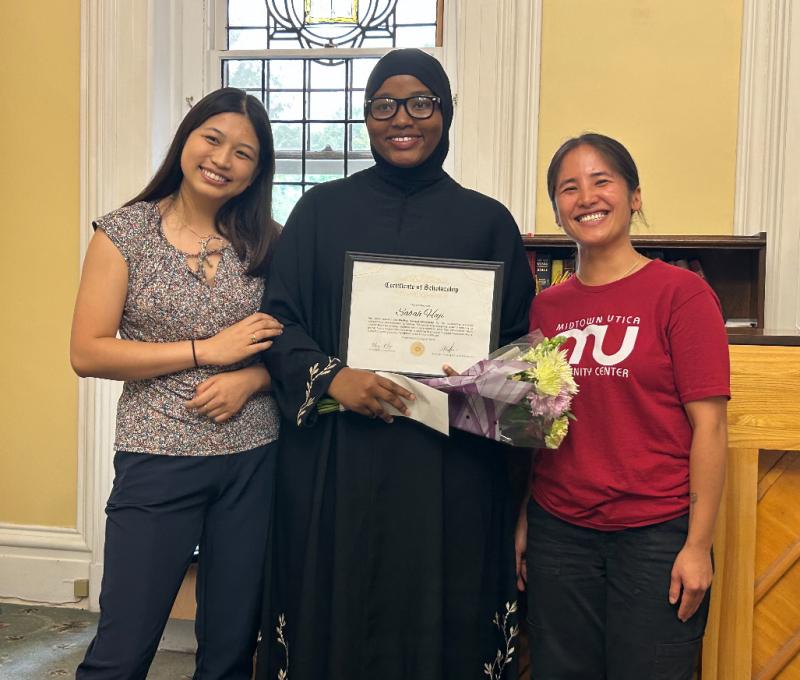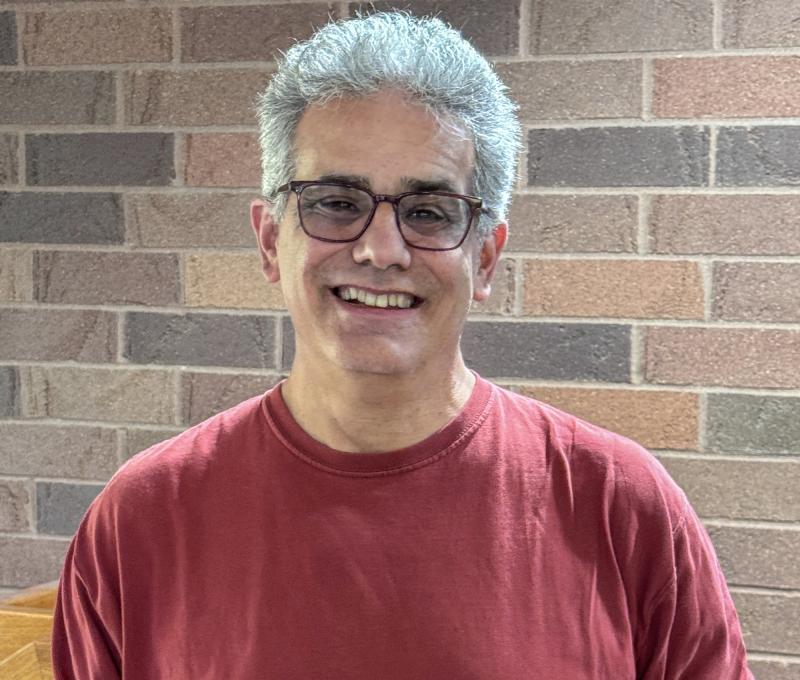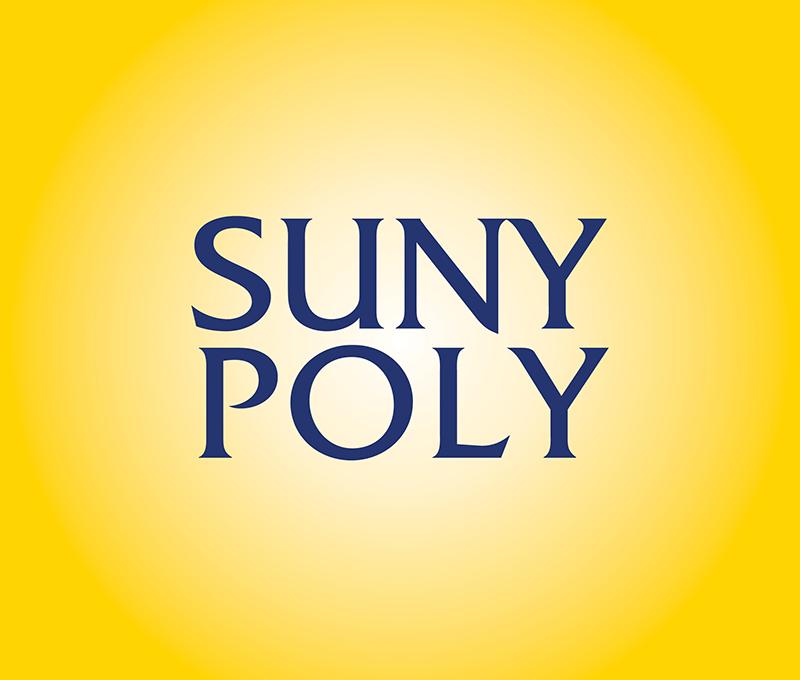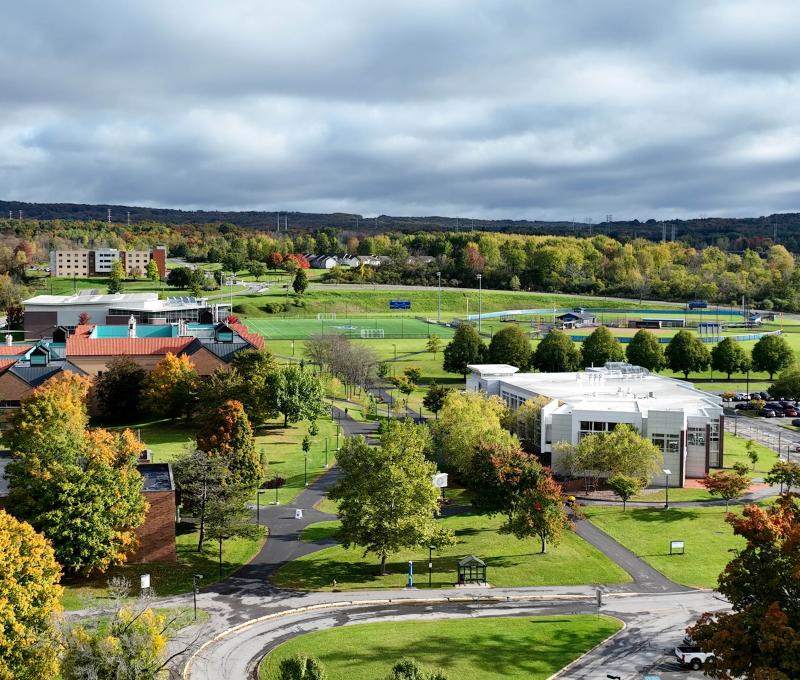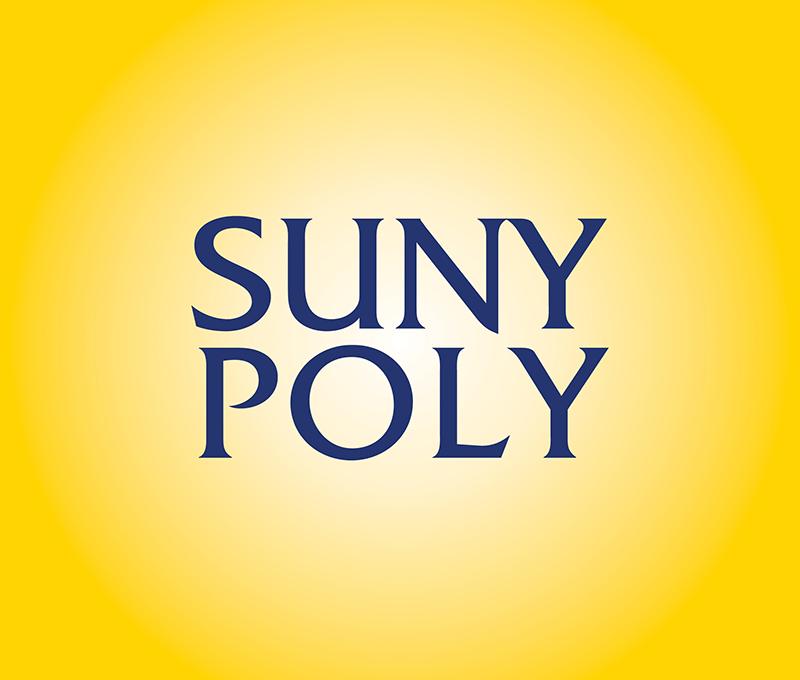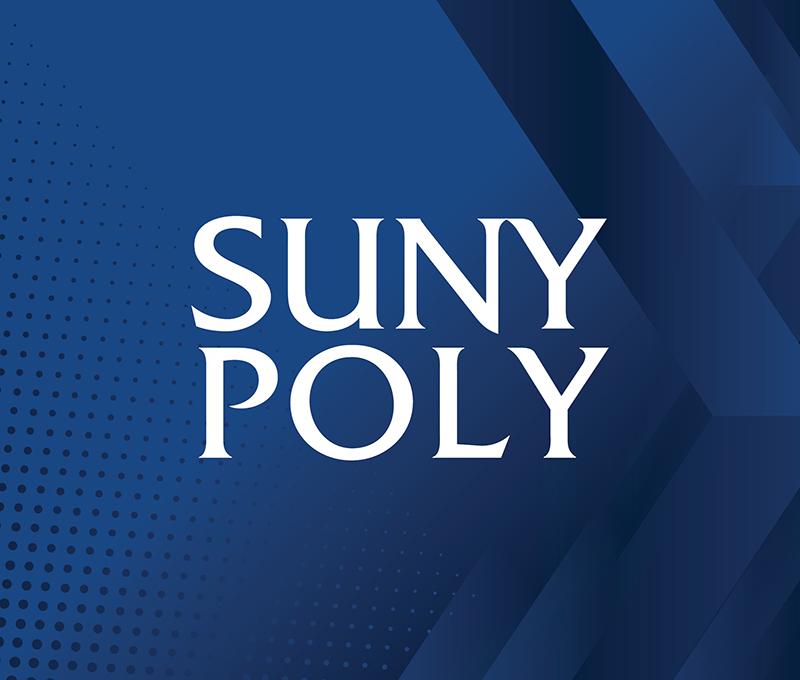SUNY Poly Researchers Lead Terahertz Communication Breakthroughs for 6G Networks
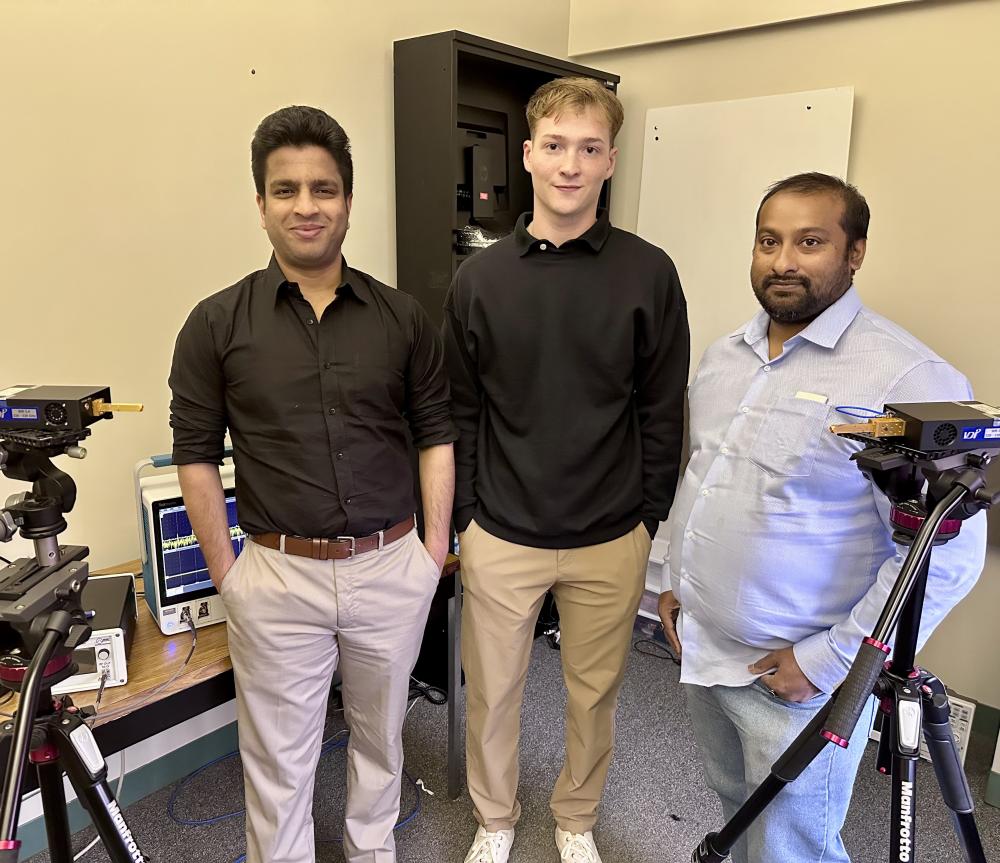
Researchers at SUNY Polytechnic Institute are helping shape the future of next-generation wireless communication through groundbreaking work in the terahertz (THz) frequency spectrum — a range expected to power 6G and beyond. The team consists of faculty and researchers from the Wireless and intelligent Next generation Systems (WINGS) Center. It consists of Dr. Arjun Singh (Director) and Dr. Priyangshu Sen, along with student researcher Justin Osmond. The SUNY Poly team collaborated with Professor Arjuna Madanayake of Florida International University to present their newly setup experimental terahertz testbed at the 59th IEEE Asilomar Conference on Signals, Systems, and Computers.
Their paper, “J-Band Communication System Considering the Near-to-Far Field Transitions – An Experimental Approach,” presents a fully functional hardware and software backbone testbed that can be utilized to explores how wireless signals behave in the at terahertz frequencies (0.1 - 10 THz) a critical frontier for ultra-high-speed data transfer, secure communications, and intelligent sensing systems.
Advancing the Frontiers of 6G Research
The research centers on a specialized J-band testbed (220–330 GHz) hosted at SUNY Poly’s Advanced Communication Electronics and Sensing (ACES) lab. This system enables experimental study of near-field, as well as far-field far-field communication channels, providing the data needed to model and improve future terahertz wireless links.
Dr. Singh and Dr. Sen explain that the terahertz band holds the potential to revolutionize communication technologies by delivering unprecedented data rates, high-resolution sensing, and enhanced security. However, its unique propagation characteristics — including significant near-field effects and asymmetric up/down-link behavior — present challenges that require both theoretical modeling and hands-on experimentation.
“The terahertz band represents the next great leap in communication technology,” said Dr. Singh. “Our work provides the experimental setup for understanding how these signals behave as they transition between near-field and far-field regions. That understanding is essential to building the next generation of high-speed, energy-efficient, and secure wireless systems.”
Modeling the Near-Field Challenge
Unlike lower-frequency systems, terahertz antennas operate in a regime where their near-field regions can extend tens of meters — dramatically changing how signals propagate and interact with their environment. Traditional models such as the Friis path loss equation break down in this context, necessitating new mathematical frameworks and experimental validation.
The SUNY Poly and FIU research team designed and validated a path loss model that accounts for both near-field and far-field propagation mechanisms. Using their custom-built ACES testbed, they conducted experiments demonstrating how antenna characteristics directly influence THz channel performance.
Their results show that near-field terahertz communication channels are inherently asymmetrical, meaning uplink and downlink capacities can differ based on antenna configuration — a finding that could significantly influence 6G network design and standardization efforts.
Collaboration and Innovation
This work reflects the collaborative strengths of SUNY Polytechnic Institute and Florida International University, combining expertise in hardware design, signal processing, and channel modeling to address one of the most pressing challenges in emerging wireless systems.
The team’s collaboration underscores the importance of interdisciplinary research in advancing communication technologies.
“Partnerships like this allow us to combine experimental insights with theoretical modeling,” the professors at SUNY Poly said. “Together, we’re developing tools that will help define how 6G systems are built, tested, and deployed.”
Building the Future of Wireless Innovation
The study contributes directly to global efforts to develop terahertz communication standards and applications — from ultra-secure short-range links to high-resolution radar imaging and joint communication-sensing systems.
Through the work of faculty, collaborators, and students, SUNY Poly continues to expand its leadership in advanced communication research. The team’s next steps include refining their terahertz testbed, enhancing channel modeling, and exploring novel antenna architectures to further advance the field.
“This research represents a crucial step toward realizing the promise of 6G,” Dr. Singh said. “By understanding the physics of the terahertz band through experimentation and collaboration, we’re preparing to unlock new capabilities in wireless connectivity and sensing that will transform the way we communicate.”
The work has been supported by both the WINGS research center funds as well as recent grants from the NSF.

